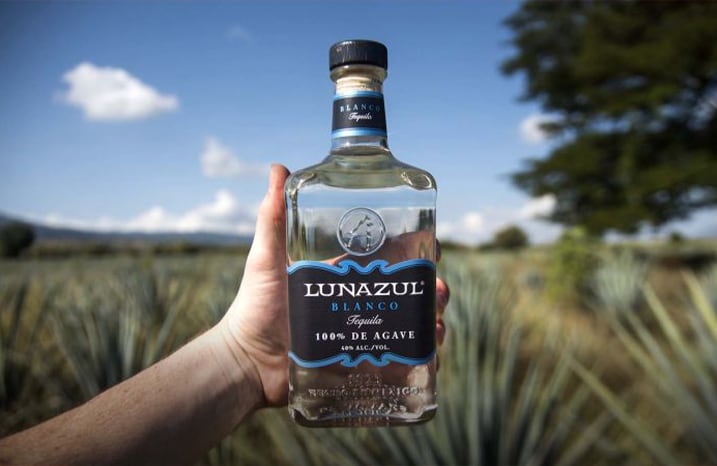Move Aside, Rosé: Pét-nat is Here to Take Over Summer 2019
June 10, 2019
For wine drinkers looking for something exciting, it’s time to talk about pét-nat. Short for pétillant naturel, this style of sparkling wine has been the emerging darling of the natural wine movement and industry insiders for the last few years. But with consumers continuing to seek out refreshing, vibrant wines that taste great with lighter foods, this might be the year the style busts out from the wine connoisseur in-crowd and into the masses. Around the XenoPsi office, the buzz is that 2019 is poised to be the summer of pét-nat.
Pét-nats are not made with a distinct varietal, but rather a technique that can be applied to any grape. No sugar is added as the wine is produced, and since it’s a natural wine, neither is yeast; the process depends on the naturally occurring yeasts present on the grape skins, creating a deep sense of terroir. They’re also bottled without any sulfites, which are typically added for the antioxidant properties that keep a wine fresh. These wines are not for cellaring year after year; pét-nats are meant to be enjoyed young.
More interesting is the means by which this natural wine gets its fizz. Traditionally, sparkling wines like Champagne, Cava, and crémant are made in the méthode traditionnelle, where a fully fermented wine is placed in the bottle with a sugar-and-yeast combo that creates a secondary fermentation, producing bubbles. This method requires additional cost and labor, as the byproducts (the lees) must be removed through a process of riddling and disgorgement, where the sediment is collected in the neck of the bottle, and then frozen so it can be taken out. (You might recognize wooden “riddling racks” as a popular decor item in wineries, bars, and antique stores.)
A pét-nat, on the other hand, is produced through the oldest means of creating bubbles, the méthode ancestrale. Here, the wine is bottled and sealed before it’s fully fermented, so the resulting carbon dioxide is trapped. As it rests, the gas is absorbed into light, tiny bubbles, and the wine is ready to be enjoyed. Because of the pressure present in the bottle, you often find pét-nat sealed with a crown cap, like beer, rather than the traditional cork. The bottle may also be thicker and heavier to withstand the higher pressure.
While, scientifically, it’s a simpler process, that doesn’t make it less sophisticated. Creating a balanced wine, rich with pleasant flavors, while accounting for the variables of in-bottle fermentation requires serious skill. Winemakers must rely on deep knowledge and experience to keep those bottles consistent with all the activity happening inside, giving pét-nat an undeniable handcrafted pedigree.
But, as it doesn’t require the expensive equipment of the traditional method for making sparkling wine, the technique gives more wineries an opportunity to put their own spin on bubbly, which means artisanal quality with a relatively low price… an obvious appeal for consumers.
There is also increased market interest for sparkling wines. On the whole, they have continued to grow in sales every year for the last fifteen years. What was once reserved for weddings and New Year’s Eve has now been recognized as a great option to pair with a weeknight meal, backyard barbecue, or friendly get-together. Pét-nat is alluring in the sparkling market: with a lower alcohol content and bright flavor, it’s particularly food-friendly and easy to enjoy. And for consumers looking for more transparency from brands, its story is right there in the name.
—
With an exciting taste profile and a reasonable price point, pét-nat offers big opportunity to stand out. With the continued interest in natural wines and relatively low cost of entry, there is growing space for more American winemakers to begin to embrace the fizz.
Like the wash of rosé from five years ago, pét-nat meets all the criteria to be the next big trend with the mainstream wine audience. We are curious to see if it picks up like it should. So, pinkies up, and raise your pét-nat glasses high. Here’s to summer 2019!




